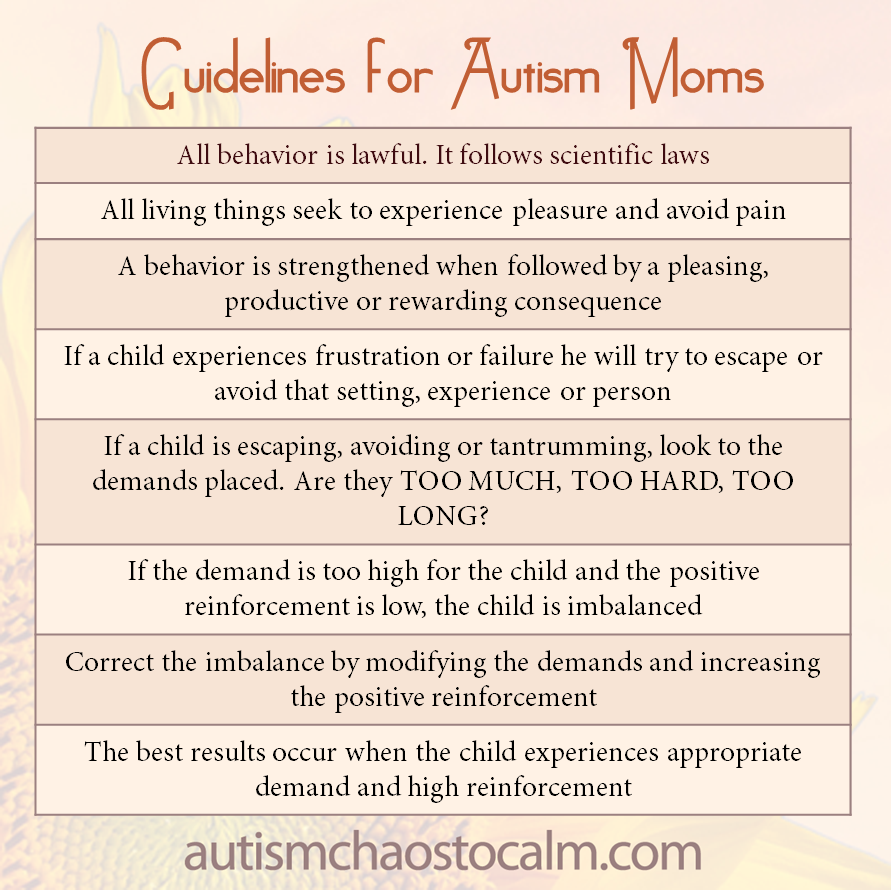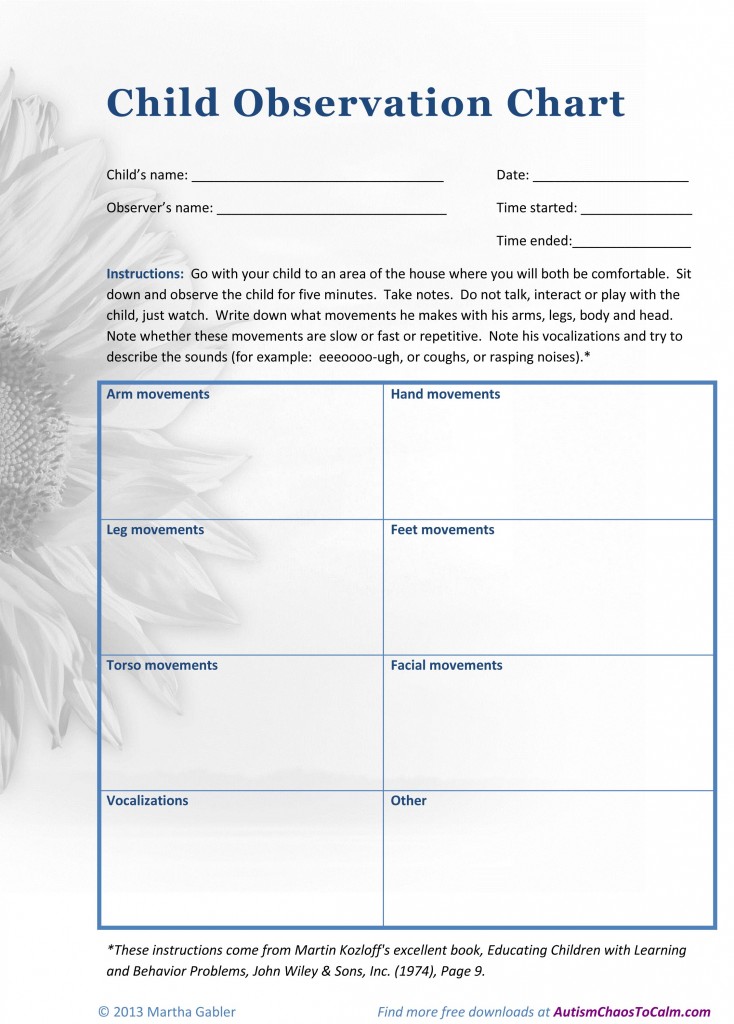 Here’s the answer:
Here’s the answer:
- Immediate feedback
What are the other essential conditions, and who discovered them?
America’s most influential behavioral scientist and the founder of Applied Behavior Analysis (ABA), Dr. B.F. Skinner, described the three essential conditions of an effective teaching program. They are:
- Immediate feedback
- Moving at the child’s pace
- Learning in many small steps
These conditions are as important for children with autism and other disabilities as they are for typically developing children. Luckily, we now have TAGteach (Teaching with Acoustical Guidance), so let’s see how TAGteach meets these three essential criteria. First we’ll discuss how TAGteach addresses the need for immediate feedback, then we’ll talk about the other ones.
Immediate Feedback
When learning a skill, immediate feedback on whether your response is correct or incorrect is essential to effective learning. Why? Because, when you know instantly that you did something right, you feel success! You will do that good thing again, and you will be willing to try the next step because you have a history of success.
In contrast, delays in feedback lead to delays in learning. If you’re not sure, or it you feel uncertain, you won’t know which action was correct. You won’t feel confident when another task is presented. The delay results in confusion and dismay, which negatively affect learning.










